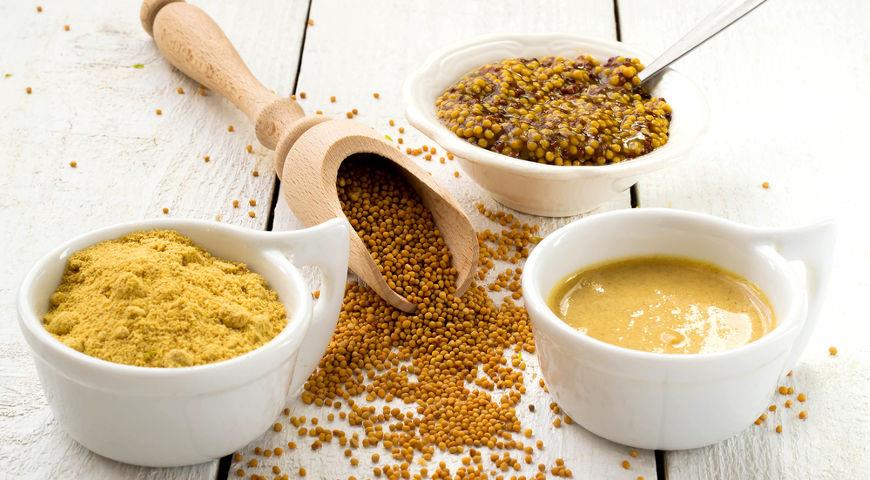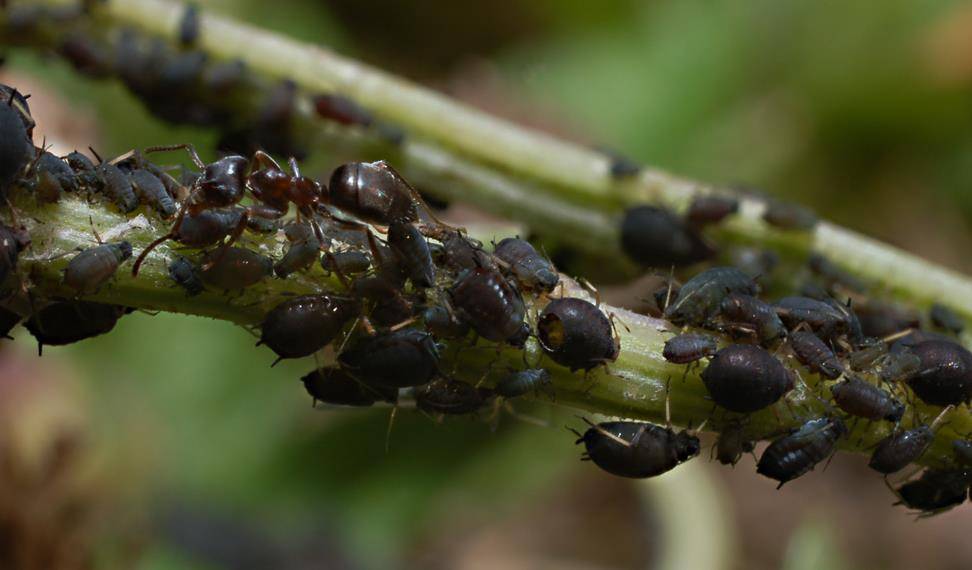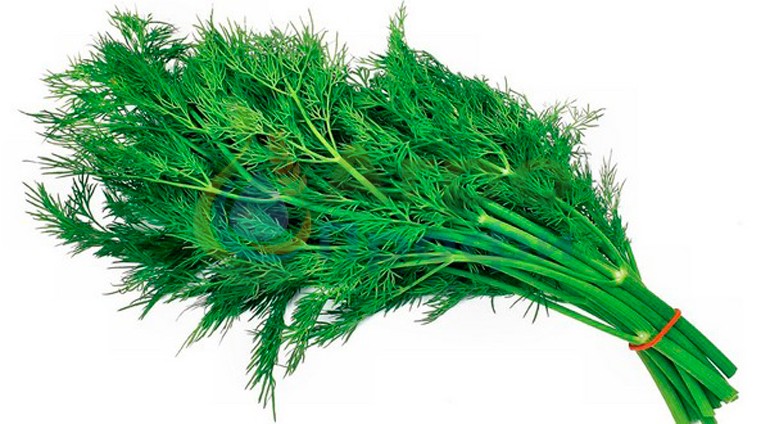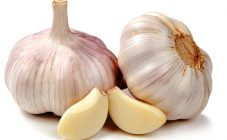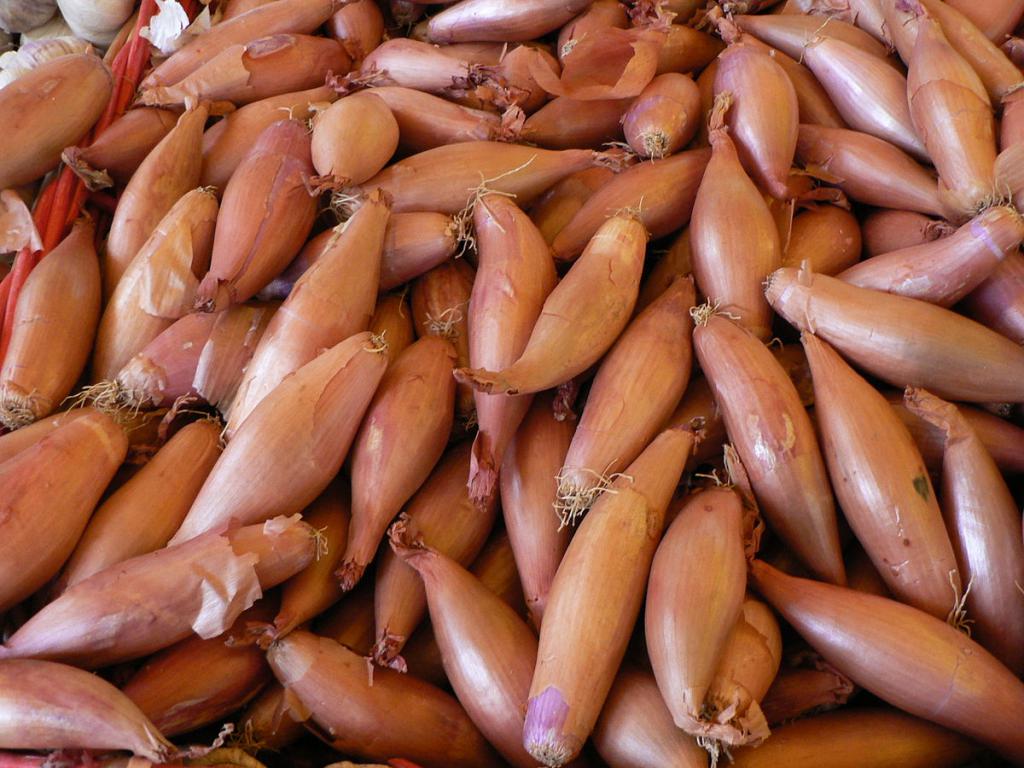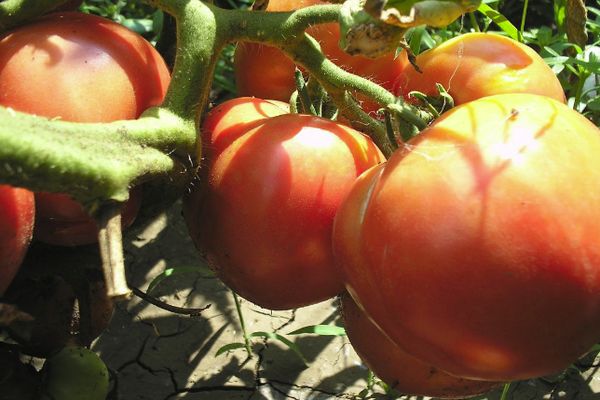Sarepta mustard got its name from a village in the Lower Volga region, where they first began to grow a vegetable plant. This happened at the beginning of the 19th century, when culture came to Russia from Asia. Even then, the properties of the plant, both nutritional and healing, were appreciated. This became the reason for the introduction of mustard into the State Pharmacopoeia (GF) - a collection of standards, which describes each valuable botanical species growing in the country.
Description of culture
Until now, the Volga region is the center of the cultivation of this culture. Russia is one of the leading countries for the production of mustard and oilseed products, which are widely used (in the food, confectionery, perfumery, soap industry).
Mustard is also grown in summer cottages to use young leaves in salads, and seeds in traditional medicine recipes. This crop of the Cabbage family is a good feed for livestock and an excellent fertilizer for vegetable beds (mustard belongs to green manure).
To make it easier for beginners to navigate among the types of culture and not to plant weedy representatives (white and black mustard) on the site, it is recommended to study the description of Sarepta gorchak (this is the name of the plant in Ukraine). Another vegetable is popularly called Sarepskaya cabbage (one letter is sometimes lost when writing) or Russian mustard.
Sarepta mustard
| The elements | Description |
|---|---|
| Whole plant | Herbaceous, annual, cruciferous. Matches quickly, tolerates cold well |
| Root | A rod that grows into the ground to a depth of 3 m |
| Stem | Erect, from 0.5 to 1.5 m in height (in some varieties up to 2.5 m), with branches at the crown |
| Leaves | Alternate, petiolar, gray-tinted. They differ, depending on the location on the bush: |
| · Lower pinnate, lyre-shaped, with large apical lobes; | |
| • medium excavated, lanceolate; | |
| Upper one-piece | |
| Flowers | Four-part, small, yellow, bisexual. Located at the tops of branches in the form of elongated brushes |
| Fruit | The mustard fruit is a cylindrical subulate pod that can be seen slightly off the axis of the inflorescence |
| Seeds | Sometimes yellow, but more often brown or reddish-brown balls, up to 1.3 mm in diameter |
Having studied the appearance of the plant, it will be easier to distinguish the field sample from the cultivated in the gardens. For example, black mustard has a slightly different type of fruit - tetrahedral pods are tuberous and pressed to the stem. And the white variety has such a sign - the fruit is rough and covered with protruding villi.
The peculiarities of the culture include early ripening - 2-3 weeks pass from sowing seeds to collecting the first greens. In this case, young rosettes of leaves are eaten.
Due to its cold resistance, mustard develops better in early spring or early autumn. Summer heat has a negative effect on the plant - it quickly gives arrows, and the leaves coarse almost immediately. So that the nutritional value is not lost, and the leaves remain tender longer, the planting is done overconsolidated.
Varieties
Despite the fact that the homeland of mustard is Asia, the culture has a wide distribution area. The Russian Federation alone can “boast” of an abundance of wild fallows and cultivated beds in Siberia, the Far East, and the European part of the country.
Sarepta mustard is actively grown in Europe.At the same time, the type of soil does not matter for the plant - blue cabbage will grow on acidic marshy soils, on sandstones and salt marshes, not paying special attention to climatic features.
The culture is so popular that breeders did not stand aside, creating many varieties of mustard. Many of them have long been mastered by summer residents.
The most common varieties of Sarepta mustard
| Variety | Ester content / seed oil content,% | Seed / oil yield, t / ha | Features of the variety |
|---|---|---|---|
| Cinderella | 0,65/48 | 2,8/1,2 | Resistant to lodging, tolerant to pathogens. It blooms and ripens together. Differs in the evenness of the bush and the absence of erucic acid |
| Nika | 0,65/49 | 3,0/1,3 | Ripens quickly, blooms together. It has immunity to the main pathogens, does not lie down. The produced oil contains no erucic acid |
| Dewdrop | 0,82/46,7 | 2,45/1,2 | During the flowering period, it reaches a height of 2.3 m. It is resistant to drought, diseases and pests. Suitable for early growing only |
| Mriya (Dream) | 0,9/43 | 2,6/1,2 | Resistant to lodging and shedding of seeds. Resistance to diseases and pests is average. Contains a small proportion of erucic acid (up to 0.1%) |
Summer residents love to grow the following varieties: Ladushka, Muravushka, Krasnolistnaya, Saladnaya-54. And the early ripe Volnushka is so compact that it takes root perfectly on the balconies and windowsills of city apartments.
Those varieties that are bred in the beds have similar growing rules. Many of them participate in crop rotation up to 5 times per season, if the first sowing is done as soon as the soil is ripe.
Agrotechnics of Sarepta mustard
| Growing stage | Features: |
|---|---|
| Site selection | Despite the unpretentiousness of the culture, it is better to choose soils with a slightly alkaline (pH 7) or neutral reaction. Access to sunlight is a must |
| Crop rotation | Mustard is planted in the beds after potatoes, peas, cucumbers and onions. But after horseradish, radish, turnip and turnip, sowing culture is not worth it. Watercress and cabbage are also bad predecessors. |
| Landing | Seeds are laid immediately in open ground with 3-line ribbons at intervals: |
| · Between tapes - 0.5-0.6 m; | |
| · Between lines - 0.25-0.3 m. | |
| Often used to add to other crops, as a seal | |
| Thinning | Mustard is initially sown thickly, but thinning is not specially carried out. This function is performed by selective harvesting. |
| Top dressing | They are not required and are used only as an aid when the plant is stunted. In this case, the beds are fed with nitrogen fertilizers. |
| Watering | The plant does not need a lot of water, but the lack of moisture deteriorates the nutritional quality of the leaves. |
| Other works | Loosening is carried out when a crust forms on the soil, weeding - when weeds appear |
It is possible to collect green leaves for food already from the moment when the plant reaches a height of 5 cm. Only freshly picked products are consumed for food, since the leaves have poor keeping quality.
Culture properties
Mustard seeds contain a large amount of fatty oils (up to 35%), there are also myrosin, sinigrin glycoside. Mustard leaf contains many trace elements, the main of which are iron and calcium. The composition also contains vitamins PP, B1, B2, C, carotene, rutin. The pharmacognosy of Sarepta mustard, due to the large amount of active biological substances included in the plant, has determined the healing field of application:
- treatment of inflammatory processes;
- use as an antiseptic;
- to disperse bile and secretion of gastric juice;
- as an appetite stimulant;
- as an adjunct to cancer therapy;
- in topical application, a distracting and irritating agent.
Mustard powder, added to foot baths, activates blood circulation, which allows accelerating the treatment of respiratory diseases. You can buy seed oil at the pharmacy and use it in topical therapy for burns and superficial injuries to relieve pain.
Mustard has found its application in cosmetology: for the treatment of alopecia, removal of freckles, skin nutrition.But most often the culture is used in home cooking. At the same time, not only young leaves are eaten, but also seeds - for the preparation of a burning seasoning, which can be combined with any dishes. For example, Italians have proven that fruit and mustard are perfectly compatible ingredients.
Contraindications
Due to the high content of esters and burning substances, allergy sufferers should not get carried away with mustard. With pulmonary tuberculosis, inflammatory processes in the kidneys and gastritis, this product cannot be included in the diet. But other people also need to be careful when using mustard (especially seeds).
With excessive enthusiasm, bradycardia with shortness of breath may develop, and sometimes loss of consciousness. Unripe seeds cause poisoning, manifested by vomiting, diarrhea, and severe pain in the stomach.
About pests
Mustard itself is a good insecticide capable of fighting many cruciferous diseases. The plant is used to combat harmful insects that annoy other garden crops. But there is a number of parasites for which mustard does not pose a danger - cruciferous flea, aphid, fly, cabbage scoop.
The beds are sprayed with insecticides and industrial biologicals. From herbal remedies, infusions of marigolds, henbane and dope, burdock, tobacco (you can just dust), dandelions are recommended.
The Russian salad product is considered the best in the world in terms of the combination of qualities. Domestic varieties of mustard are high-yielding, unpretentious in agricultural technology, waste-free in processing. Seeds are a raw material for the production of edible and essential oils. The cake is fed to livestock and used for the production of mustard powder. Farmers began to press even husks and sell them as efficient fuel.


